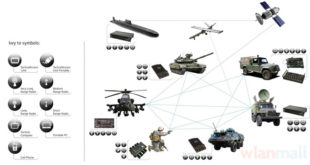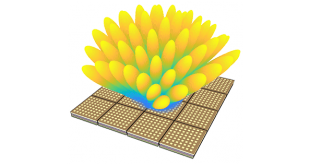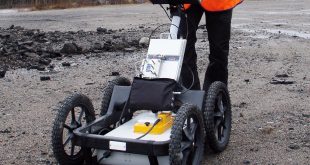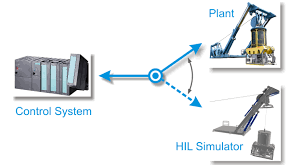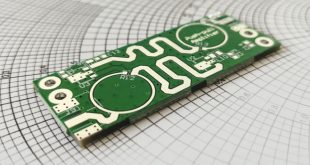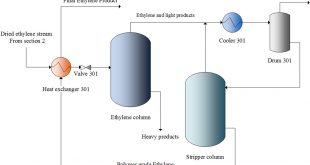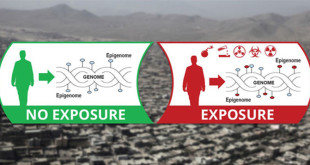Current weapons generally fly a pre-designated mission. If the enemy does something unexpected, preprogrammed weapons are ineffective, and additional weapons may be required to complete the mission. Networked, collaborative and semi-autonomous weapons are advantageous since they observe and react to the enemy in real time, helping weapons overcome adversary defenses …
Read More »Yearly Archives: 2021
Ethernet technology’s continuous evolution to support 5G, Autonomous vehicles, Industrial Internet of Things (IIoT) and Military
UK Strategic Command is expected to invest £1.5 billion in the next ten years to “build and sustain a ‘digital backbone’ to share and exploit vast amounts of data, through the cloud and secure networks”, according to Defence Secretary Ben Wallace MP. Embedded military systems are the foundation of this …
Read More »DARPA TRIAD to apply AI/ML to phased array antennas for Military Wireless communications and radar systems
The demands on Wireless communications and radar systems have been continuingly increasing as the need for accuracy, efficiency, and more advanced metrics become increasingly important. Many new applications will only be possible with antennas that consume less power in a lower profile than traditional mechanically steered dish antennas. These requirements …
Read More »DARPA LTLT program developing Cryogenic microelectronics for future Supercomputers and data centres
Over the last few decades, we have seen tremendous improvements in the performance and energy efficiency of computing and memory systems. With the rise in cloud computing, mobile devices and data volume, the demand for large data centres and supercomputers is continuing to grow as a result. In 1965 …
Read More »Ground-penetrating radar for Autonomous driving, to detection of Tunnel, landmine and buried IEDs
Radar is an electromagnetic sensor used for detecting, locating, tracking, and recognizing objects of various kinds at considerable distances. It operates by transmitting electromagnetic energy toward objects, commonly referred to as targets, and observing the echoes returned from them. Energy is emitted in various frequencies and wavelengths from large wavelength radio …
Read More »Rising Threats of data breaches requires new Data loss prevention (DLP) solutions and technologies
More data is being generated each year than in the whole of recorded human history, yet data security hasn’t kept up. Further, the IoT is growing at such a rapid rate, companies have a huge influx of data to comprehend. It’s thought as much as 2.5 quintillion bytes of data …
Read More »Hardware-in-the-loop simulation
Modeling and simulation (M&S) is the use of models as a basis for simulations to develop data utilized for managerial or technical decision making. Modeling is the process of representing a model (e.g., physical, mathematical, or logical representation of a system, entity, phenomenon, or process) which includes its construction and …
Read More »3D Printing of Antennas and RF Electronics alleviate sourcing, manufacturability, and security concerns of defense and aerospace industries
Additive manufacturing can reduce the time and material costs in a design cycle and enable the on-demand printing of customized parts. Recent advances in 3D printing technology now enable antennas and RF electronics to be designed and prototyped significantly faster than conventional manufacturing time scales. New multi-material 3D printers that …
Read More »Bio-ethylene (bio-based ethylene)
Ethylene is a hidden organic chemical that is crucial to modern human life. It is hidden because it is a precursor to products used in most households worldwide but not sold directly to consumers. For example, ethylene is the chemical base for polyethylene (PET) bottles, car parts, buckets, pipes, and …
Read More »DARPA ECHO program testing epigenome or DNA changes for tracking exposure to threat agents, weapons of mass destruction (WMD) on Battlefield
DARPA’s role and investments in defense-related research and development (R&D), including biological defense, has potential significance for the science and technology available to address the Coronavirus Disease 2019 (COVID-19) pandemic and any future biological threats. In 2018, the Biological Technologies Office (BTO) of the Defense Advanced Research Projects Agency (DARPA) …
Read More » International Defense Security & Technology Your trusted Source for News, Research and Analysis
International Defense Security & Technology Your trusted Source for News, Research and Analysis

